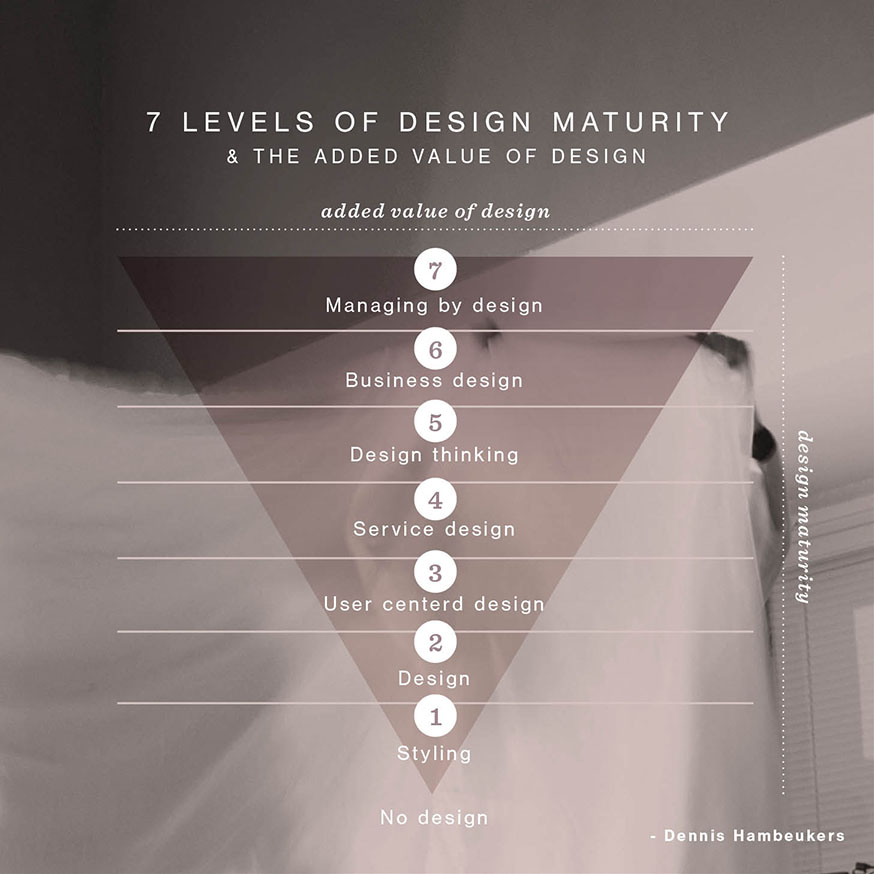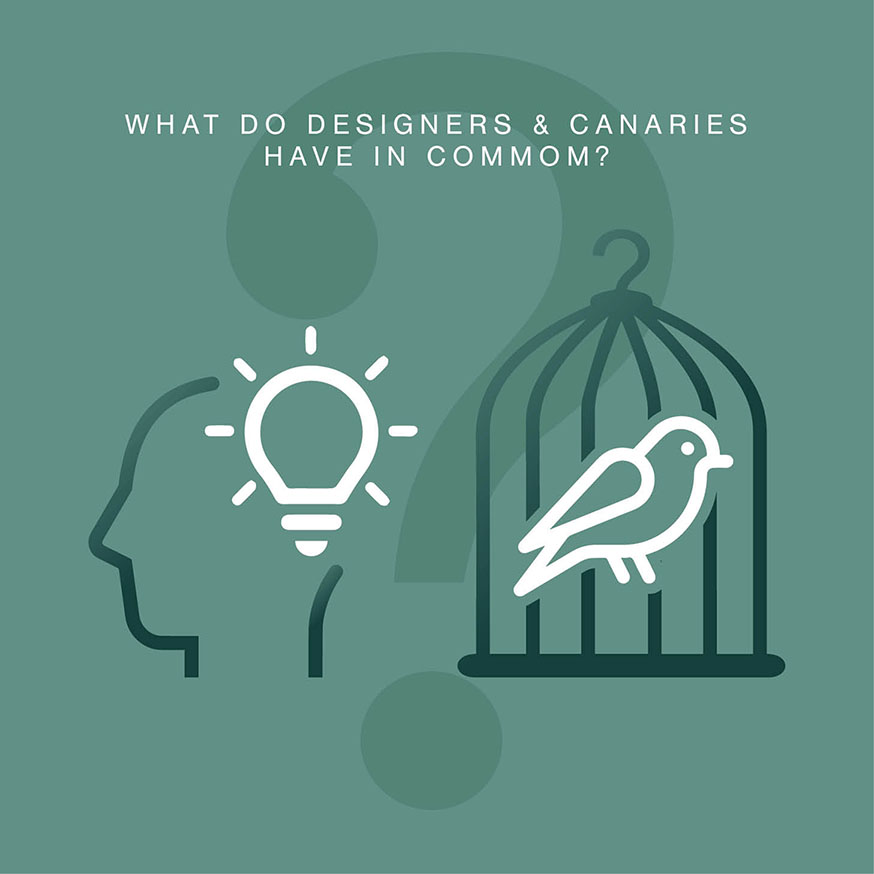Point of View
by Vikki Eriksson, Postdoctoral researcher, Aalto Design Factory
Sensitive to emerging changes, the first one to respond to early signs of trouble in the operational environment, with a vital role for the survival of the whole organization – does this sound like a recruitment add for a contemporary design professional?
The practice of sending a canary into a mine with miners, was still a common practice in Britain as late as the 1980’s. Because the birds were more sensitive to dangerous gases, such as carbon monoxide, if the canary died, the miners knew there were dangerous gases present and would leave the mine.
Today the term is used to describe the ability to detect challenges dangers or possible problems early. In terms of innovation organisations these challenges could represent a lack of customer understanding, misaligned strategies for future development of products or services, disengaged and disempowered stakeholders, and a stifled innovation ecosystem, among others.
Central to addressing many of these concerns is the role of design in organisations. Designers within organisation have become advocates for end users and for customers within the product and service experience. Designers are also becoming more prominent at strategic levels of decision making as they offer a human-centred voice in discussions and can identify and frame the problems that an organisation may face.

Figure 1: The pyramid of levels of design integration by Dennis Hambeukers
At a strategic level a designerly way of thinking and working not only contributes to a holistic understanding of complex situations and the identification of relevant questions to ask, but provides the framework to explore possible solutions or new value propositions. Organisations like IBM have leveraged design to explore technology that supports social impact, and have shared the IBM Enterprise Design Thinking framework to empower other organisation to create for scale and ambiguity within enterprise-level projects.

Figure 2: The levels of design maturity according by Danish Design Centre
But, simply having designers integrated within an organisation does not imply innovation or the ability to harness radical creativity. If designers’ concerns are not heard or if their contributions are not central to development, they are unable to help keep the organisation connected to end users, customers, employees and stakeholder. Nor can they facilitate the collaborative, human focussed way of working which is needed to conceptualise relevant, creative and responsible opportunities. For organisations trying to thrive within the innovation space, designers represent the proverbial canary.
Reviewing the level of integration of designers, and designerly ways of working, at both project and strategic level will reveal whether an organisation and its innovation ecosystem is truly design driven. How is design viewed within the organisation? How early in innovation processes are designers brought on board? How embedded is a focus on stakeholder voice within the organisation? Is the value of iteration, experimentation, agility and future- focus recognised and leveraged? A disconnect from stakeholders, an exclusive focus on existing products and services, and resistance to change may herald future challenges. Designers are traditionally sensitive to these organisation characteristics. Luckily, today neither the birdlife or the designers have to operate in mortal danger. Engaging with designers in a meaningful way however, to measure the integration and implantation of design-driven thinking and practices, still offer organisations a way to gauge how open to innovation they really are.
Interested to learn more on designer abilities and the roles they have in organisations? More insights on our book Design+ Organizational renewal and innovation through design (2019).
 Aalto DF
Aalto DF